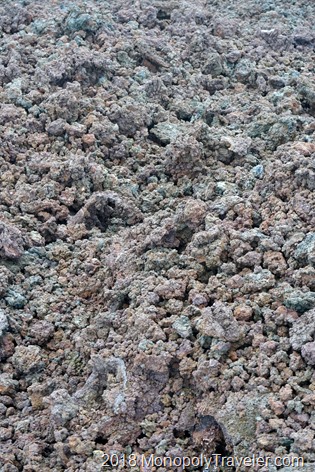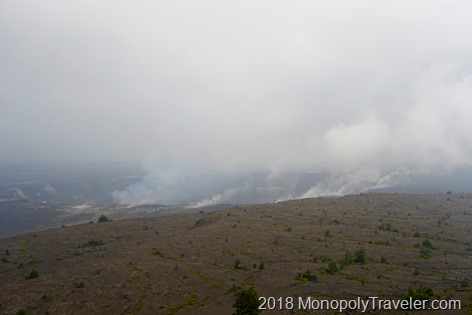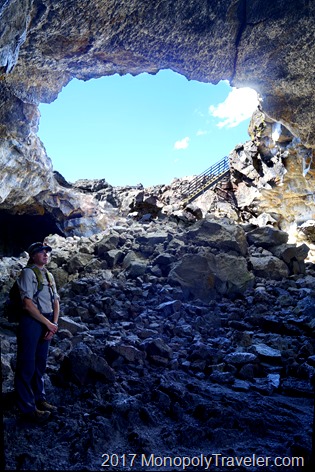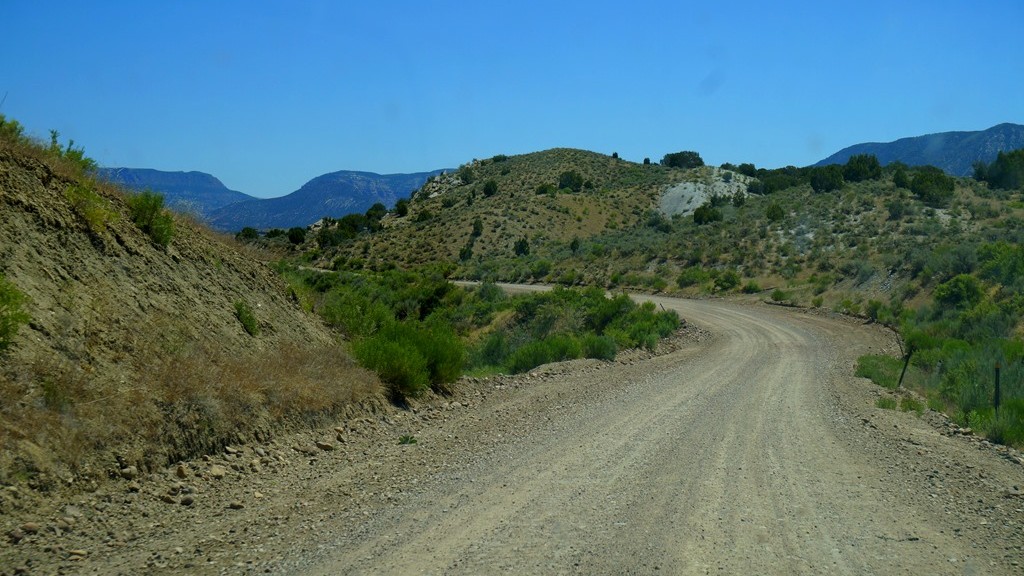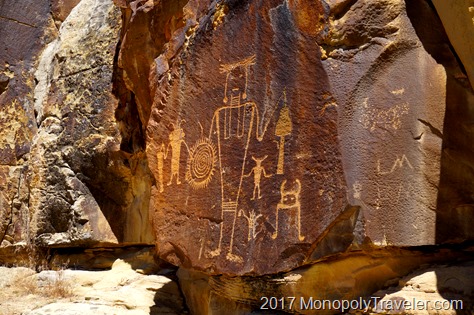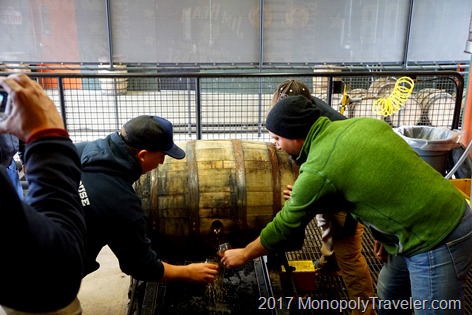For the first time since the end of April I actually got out with the camera to see the sun rise and got to enjoy a nice morning while watching some wildlife. Much of the morning was spent watching green and blue herons but there was an hour or so of exploring trails I’ve not been on yet. While hiking these trails I kept coming across butterflies, most of which I haven’t seen before so the hike became even more interesting. The odd thing to me was that most of them were on the ground. They must have been searching for water as they were on wet areas on the ground. The butterfly above is a Hackberry Emperor. Thanks to Minnesota Seasons I was able to identify all of those I saw on this trip.
The first actual butterfly I came across was an Eastern Tiger Swallowtail which I have seen a couple of times before but this one seemed much larger than those I’ve watched previously. Seeing it before did not make it any less fun to watch as it fluttered around landing often on a moist area of the trail. Butterflies are not always the easiest to photograph as their flight is unpredictable and you never know where they’re going to land unless there is a consistent food source they’re taking in. When you get to close they take off making a close up very challenging.
If they’re actively pursuing nectar from flowers you can usually get closer to them or set up the camera on a certain area and wait for them to sip nectar from that area for a great close up. As I walked along the trail I came across culvers root flowers which appeared to attract many bees and a butterfly or two such as this western tailed blue butterfly. Part of the name comes from the blue coloring on the inside of their wings which I didn’t see on this one because it didn’t fly or open its wings while watching it. I enjoyed watching it for a few minutes as it climbed all over the flowers.
Often times I’d be walking along and all of a sudden something would move or fly away not always able to figure out what it was. The northern pearly eye above was one of those but fortunately it landed fairly close allowing me to snap a few pictures of it before both of us moved on. The patterns in the wings amazed me as is often the case with butterflies.
During my short hike the butterfly that was the most colorful and different to me was this red spotted purple butterfly you can see here. First of all being a dark bodied insect really set it apart from the surroundings along with the red, blue, and white spots covering parts of the wings. Secondly it had red spots on the outside of its wings which came out beautifully in the sunlight.
Early on in my hike I was looking at the area landscape when I happened to look down and see an interesting caterpillar crawling around on a spent thistle bloom which seemed fitting as they both have a lot of spikes on them. Researching this one came up with a spiny elm caterpillar which becomes a mourning cloak butterfly later in its life. I’ll have to keep an eye out for those as the summer continues. I don’t remember seeing this many different types of butterflies at one time in one place. It certainly made for a more enjoyable hike.










